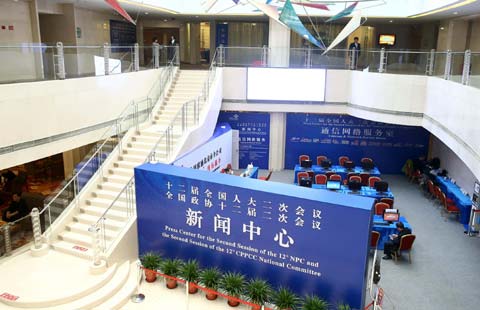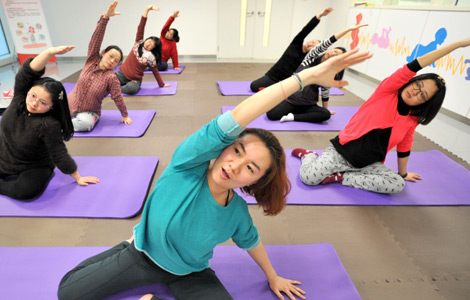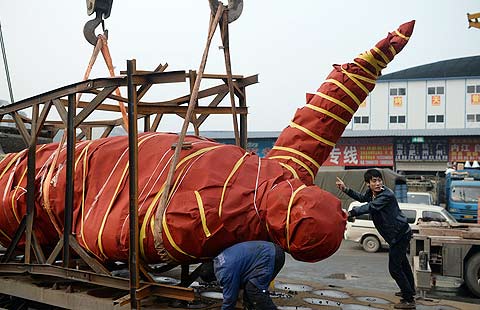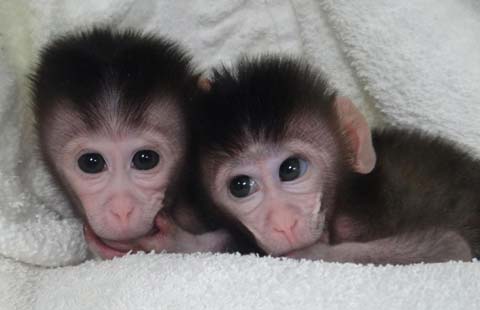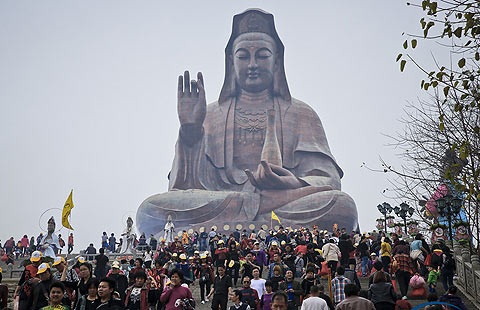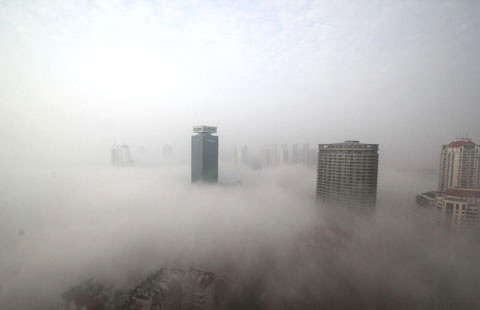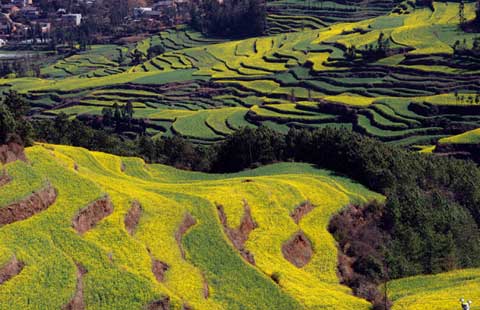

1990s - Bilateral structural change and warmer economic exchanges
Bilateral structural change developed during the late 1990s to 2004. Japan had been investing in China during the early 1990s, and trade decreased during the late 1990s, but resurged at the millennium. The resurgence might have been because of the prospect of China becoming a part of the World Trade Organization (WTO).
On July 11, 1990, Japanese Prime Minister Toshiki Kaifu announced the resumption of its government loans to China at the Group 7 Summit.
On November 12, 1990, Vice-Premier Wu Xueqian participated the enthroning ceremony of Emperor Akihito on behalf of Chinese government.
On August 10, 1991, Japanese Prime Minister Toshiki Kaifu visited China.
On April 6, 1992, Jiang Zemin, General Secretary of the Communist Party of China, visited Japan and invited Japanese Emperor Akihito and Empress Michito to visit China.
On May 25, 1992, Wan Li, Chairman of the Standing Committee of the NPC of China, visited Japan.
On October 23, 1992, Japanese Emperor Akihito and Empress Michito visited China, the first ever by Japanese Emperor. It filled in the gaps in the history of Sino-Japanese relations.
On November 19, 1993, President Jiang Zemin met with the Japanese Prime Minister Morihiro Hosokawa during the APEC meeting in Seattle.
On February 23, 1994, Chinese Vice-Premier Zhu Rongji visited Japan.
On March 19, 1994, Japanese Prime Minister Morihiro Hosokawa visited China. The two governments signed the agreement of cooperation in environmental protection.
On April 29, 1994, Bunbei Hara, President of the House of Representatives, visited China.
On August 27, 1994, Takako Doi, President of the House of Councilors, visited China and went to Tianjin Anti-Japanese War Martyr Museum, where he paid tribute to the Chinese labors who lost their lives in Japan during Anti-Japanese War time.
On September 12, 1994, regardless of China's strong opposition and solemn representations, Japanese government issued visa for Hsu Li-The, vice-president of Taiwan's "Executive Yuan" to visit Japan for the Opening Ceremony of the Asian Games, which caused the Hiroshima Asian Games Incident.
On October 28, 1994, Rong Yiren, Chinese Vice-president, visited Japan, the first by Chinese Vice-president.
On December 22, 1994, the two governments concluded the agreement on the 4th batch of Japanese governmental loans to China (only on the part of the first 3 years).
On April 10, 1995, Qiao Shi, Chairman of the Standing Committee of the NPC of China, visited Japan.
On May 2, 1995, the Japanese Prime Minister Tomiichi Murayama visited China. During his stay, he, as the first incumbent Prime Minister, visited Lugouqiao Bridge and the Chinese people's Anti-Japanese War Museum.
On August 15, 1995, on behalf of the Japanese government, Prime Minister Tomiichi Murayama made a speech on the history issue at the 50th anniversary of World War II, stating clearly that Japan recognized and would face directly the history of its invasion against other countries. Japanese government expressed deep introspection and apology over it.
On August 29, 1995, Japanese government made protest against China's nuclear test and announced to freeze its free aid to China.
On November 18, 1995, President Jiang Zemin met with the Japanese Prime Minister Tomiichi Murayama during in the APEC meeting in Osaka.
Ever since July 1996, members of the right-wing groups landed on the Diaoyu Island for 4 times, which created Diaoyu Island Incident.
On July 29, 1996, Prime Minister Ryutaro Hashimoto visited the Yasukuni Shrine.
On November 24, 1996, President Jiang Zemin met with Prime Minister Ryutaro Hashimoto during the APEC meeting in Manila.
On September 4, 1997, Prime Minister Ryutaro Hashimoto visited China. During his stay, as the first incumbent Prime Minister, he visited northeast area in China and "the September 18th Incident Museum ".
On November 11, 1997, Chinese Premier Li Peng visited Japan and put forward "the Five Principles of Sino-Japanese Relations", namely mutual respect and non-interference in each other's internal affairs, seeking commons while setting aside difference, handling disputes properly, increasing dialogue and understanding, mutual benefit, deepening economic cooperation, and being forward-looking and carrying on friendship from generation to generation." On the same day, Chinese and Japanese governments signed a fishery agreement.
On April 21, 1998, Chinese Vice-President Hu Jintao visited Japan, during which he pointed out that the two countries should draw lessons from history and look to the future in the development of Sino-Japanese relations.
On November 25, 1998, Chinese President Jiang Zemin made an official visit to Japan, which marked the first visit to Japan by Chinese head of government. The two sides issued the Sino-Japanese Joint Declaration (中日聯合宣言), declaring the establishment of a partnership of friendship and cooperation for peace and development".
On July 8, 1999, Japanese Prime Minister Obuchi made an official visit to China.
On December 8, 1999, Member of the Political Bureau of the Central Committee of the Communist Part and Chairman of CPPCC Li Ruihuan paid an official goodwill visit to Japan.
